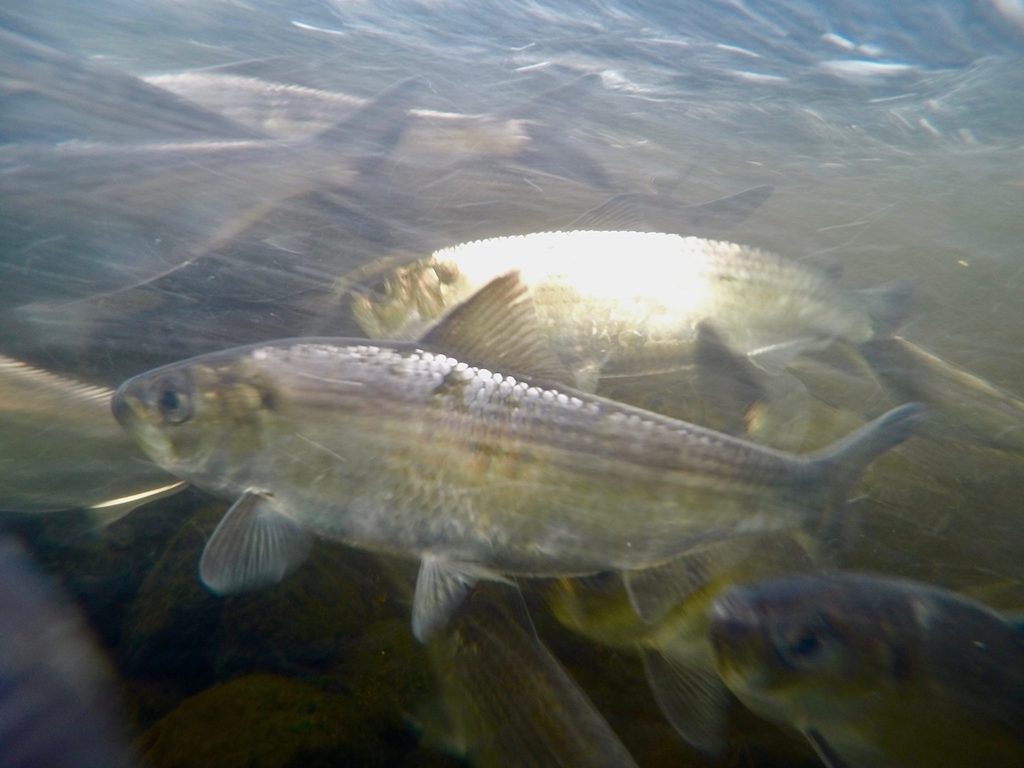Council will discuss factors contributing to the depletion of this cornerstone species in Long Island Sound and its rivers

Larchmont, NY—The 18 members of the New England Fishery Management Council refined the language of priorities important to reducing river herring bycatch on Thursday afternoon, then voted to include them on its list of priorities for 2023.
“It’s a great day,” said Long Island Soundkeeper Bill Lucey of Save the Sound, who testified to the Council remotely in a public comment period during the priority-setting process. “The Council debated the best way to address some of the most pressing fishery problems our region has. The Council will now be able to take another look at the option of a 12-mile buffer zone, which had been previously overthrown by the courts due to a focus on ‘localized depletion’ and not river herring and gear conflicts. And our Connecticut seats led the way for the Council to review river herring and shad bycatch, as well as consider the data challenges from the observer coverage program, which has been woefully inadequate since 2020. The Connecticut representatives have continued to be a strong and reliable voice for prioritizing conservation goals.”
Lucey and Save the Sound have been advocating for the Council to examine the factors causing the number of alewife, a species of river herring, to plummet in Connecticut rivers and streams in 2022. Roughly 400,000 fewer fish were accounted for in fish runs than were expected. A peer-reviewed paper published in November determined that a significant number of river herring have ending up as bycatch in open-water fishing for Atlantic herring and mackerel. Genetic data outlined in the study determined that between 2012 and 2015, 22% of the bycatch along the entire eastern seaboard came from Long Island Sound; 34% came from Block Island Sound.
The disappearance of alewife impacts the ecosystem of Connecticut’s rivers. It’s also a concern because of the millions of taxpayer dollars invested to restore hundreds of miles of passage for fish that aren’t making it back to the rivers and streams to spawn.
“This is a priority of ours and of our partner organizations,” said Lucey. “Now, we need stakeholders from across the Sound region who are concerned with river herring to get together and help assist the Council in determining the best way to reduce catching Long Island Sound river herring offshore so they can come home to spawn.”


